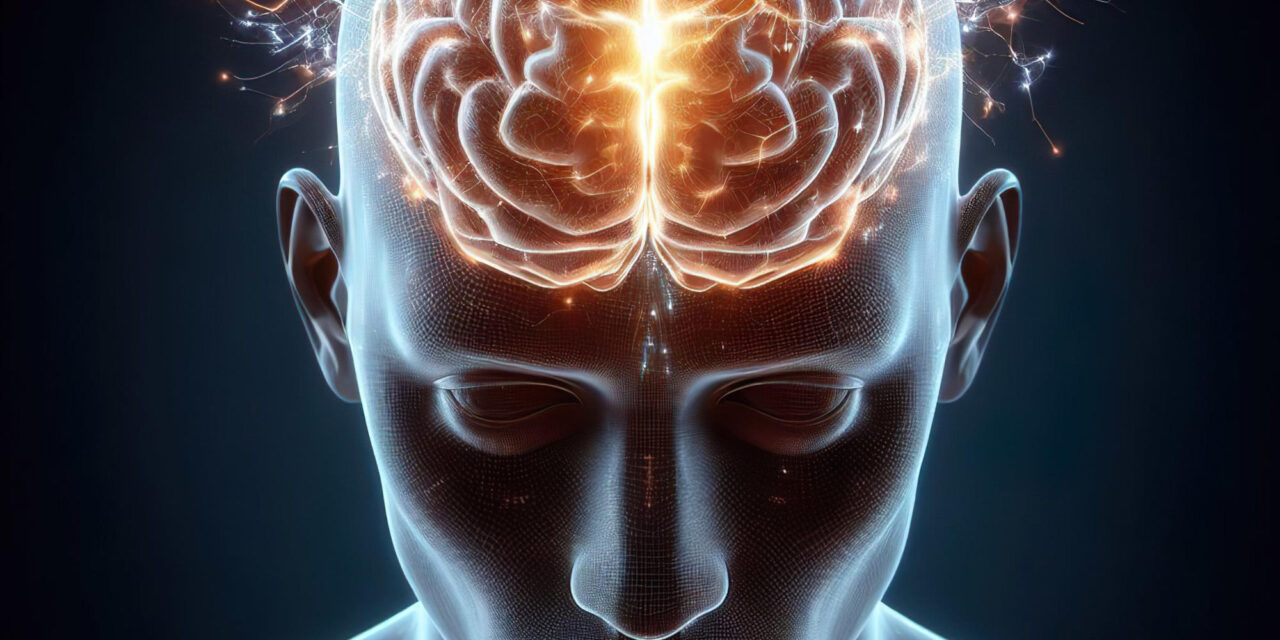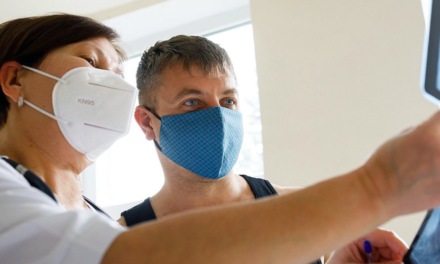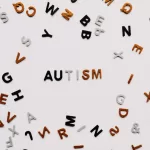London, UK – Researchers at the Sainsbury Wellcome Center (SWC) at University College London (UCL) have identified precise brain mechanisms that allow animals to suppress instinctive fears. Their groundbreaking study, published in Science, could pave the way for new treatments targeting fear-related disorders such as phobias, anxiety, and post-traumatic stress disorder (PTSD).
The research team, led by Dr. Sara Mederos and Professor Sonja Hofer, focused on understanding how the brain learns to disregard perceived threats that repeatedly prove harmless.
Learning to Overcome Instinctive Fears
“Humans are born with instinctive fear reactions, such as being startled by loud noises or fast-moving objects,” explained Dr. Mederos, a Research Fellow in the Hofer Lab at SWC. “However, experience teaches us to override these responses—like how children learn to enjoy fireworks rather than fear them. We wanted to uncover the brain mechanisms that enable this learning.”
The researchers used an innovative experimental approach in which mice were repeatedly exposed to an overhead expanding shadow resembling an approaching aerial predator. Initially, the mice instinctively sought shelter. However, over time, with repeated exposure and no actual danger, they learned to remain calm—providing a model to study the suppression of fear responses.
Key Brain Areas Involved
Building on prior research, the team identified that an area of the brain called the ventrolateral geniculate nucleus (vLGN) plays a critical role in suppressing fear responses. The vLGN receives input from the visual cortex, prompting the researchers to investigate its role in learning not to fear a visual threat.
Their findings highlighted two major components in this learning process:
- Specific regions of the visual cortex are essential for learning to suppress fear responses.
- The vLGN stores these learned responses, acting as a long-term memory center for fear suppression.
Dr. Mederos noted, “We found that animals failed to learn to suppress their fear responses when specific cortical visual areas were inactivated. However, once the learning occurred, the cerebral cortex was no longer necessary.”
A New Perspective on Learning and Memory
Professor Hofer emphasized that these results challenge traditional views on memory storage. “The cerebral cortex has long been regarded as the primary center for learning and memory. However, our study shows that the subcortical vLGN, rather than the visual cortex, stores these crucial memories. This brain pathway forms a link between higher cognitive processes and instinctive behaviors, allowing animals to adapt their natural fear responses.”
The researchers also uncovered the cellular and molecular mechanisms behind this learning process. When mice learned to suppress their fear, specific neurons in the vLGN exhibited increased activity, driven by the release of endocannabinoids—brain messenger molecules that regulate mood and memory. This release reduced inhibitory input to vLGN neurons, heightening activity in this brain region and suppressing fear responses.
Potential Implications for Human Anxiety Disorders
“Our findings could help us understand what goes wrong in the brain when fear regulation is impaired in disorders like PTSD, anxiety, and phobias,” said Professor Hofer. “While instinctive fear reactions to predators may be less relevant for modern humans, the brain pathway we discovered also exists in humans. This discovery could open new possibilities for treating fear-related conditions by targeting vLGN circuits or localized endocannabinoid systems.”
Looking ahead, the team plans to collaborate with clinical researchers to study these circuits in humans, with the hope of developing targeted therapies for individuals suffering from maladaptive fear responses and anxiety disorders.
Disclaimer: This article is based on a scientific study and is intended for informational purposes only. It does not constitute medical advice. Individuals experiencing anxiety or fear-related disorders should seek professional medical consultation.
For further details, refer to the published study: Sara Mederos et al, Overwriting an instinct: Visual cortex instructs learning to suppress fear responses, Science (2025). DOI: 10.1126/science.adr2247.












